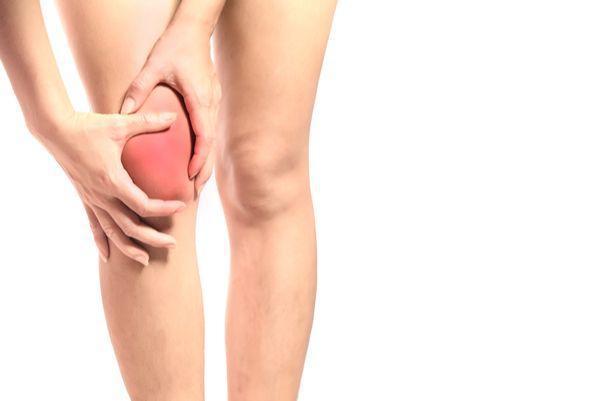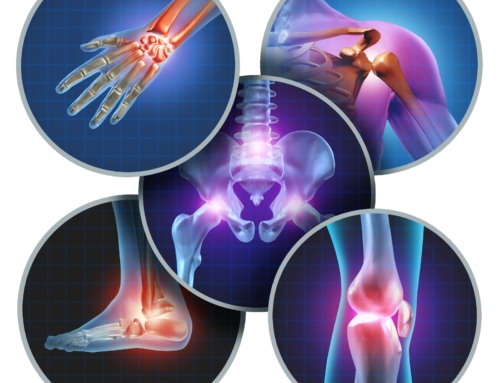If you’ve experienced a knee injury, it’s always recommended to be looked at by a professional. Many times, the pain from an injured knee is manifested from a meniscus tear, which often times requires knee surgery. However, not all meniscal tears are exactly the same. In fact, they can differ greatly, and so can your treatment options.
What is the Meniscus?
The meniscus is a piece of cartilage situated in the knee that acts like a shock absorber for the joint. All it can take is a good twist of the knee for a tear to occur. When this cartilage is torn, in the worst of cases it may break loose and cause the knee joint to lock up, or feel like the knee wants to give way. Regardless of the type of meniscal tear you may experience, the pain and swelling that occurs may be accompanied by a popping sensation or difficulty bending or straightening the leg.
Before diving into a meniscus treatment, it’s important to understand what kind of meniscus tear you’re dealing with and what your options are. Read on for a break down of the most common types of meniscus tears.
Incomplete Meniscus Tear
An intrasubstance tear, otherwise known as an incomplete tear, is very common. In fact, many people may have a tear in a portion of the meniscus and not even realize it. These early degenerative tears can be visualized on an MRI (magnetic resonance imaging) to help confirm the exam findings and diagnosis. Sometimes these degenerative changes can be treated conservatively with rest, NSAIDs, Injections and physical therapy. If these treatments fail, then surgery is in the future. Typically a menisectomy is performed or cleaning of the torn meniscus tissue.
Radial Meniscus Tear
A radial tear is the most common type of meniscus tear that we see. These types of tears are found in the avascular area of the meniscus, which means there is no blood flowing to this area. Because of this, it’s exceedingly difficult for this type of injury to heal naturally. In this case, surgery is almost always needed to remove the damaged part of the tissue and allow the body to heal. Recovery is normally about 3 months.
Horizontal Meniscus Tear
A horizontal tear in the meniscus is actually one of the most treatable types of meniscal tears. It is a tear that runs horizontally along the circumferential fibers of the meniscus. In some cases, the damaged tissue is repaired with stitches. However, the healing depends on where the tear is and how complex the components are . If it is located in an avascular area of the meniscus, then it may never fully heal. If it is located on the outer edge of the meniscus, then the tear will typically heal if it is properly operated on and allowed to recover fully which can be 4-6 months following surgery.
Flap Meniscus Tear
A flap tear is when a piece of the meniscus tears and falls loose within the joint. It may cause pain if it is catching on other parts of the knee while walking, however, it is treatable. In most cases, the flap itself can be easily removed in surgery without having to remove any other portion of the meniscus, allowing for a faster healing process.
Complex Meniscus Tear
A complex tear is difficult to describe because no complex tear is the same. This is because a complex tear is actually a combination of two types of tears; usually a radial tear and a horizontal tear. Since it is so complex, treatment can be equally so. It’s typical irreparable, therefore the tissue must be removed entirely through surgery, however in some cases some of the tissue may be repaired while some may be removed.
Bucket-handle Meniscus Tear
A bucket-handle tear is a type of horizontal tear that actually extends across the length of the meniscus. In these cases, the knee typically loses its ability to move normally and can feel “stuck” or evening “locked”. If this is the case, then surgery must be performed as soon as possible to give the knee its range of motion and assure that it maintains it after surgery.
Location of Meniscus Tears
All of these tears are further described by where on the meniscus they are located. An anterior horn tear is located in the front of the meniscus while a posterior horn tear are located in the back of the meniscus, and are much more common. There are also central tears, which are located in the avascular area of the meniscus, making them more difficult to treat. Lastly, peripheral tears are located on the outside of the meniscus and are the most likely to be successfully repaired.
See Dr. Roger Chams for Surgical Treatment in Illinois
If you’re experiencing knee pain, then it may be time to consult with an orthopedic surgeon. For the best care in Illinois, look no further than Dr. Roger N. Chams. Dr. Chams has been practicing for over 25 years and has performed thousands of surgeries on athletes at every level of play. With convenient locations throughout Illinois, he and his staff are committed to helping you heal and recover as quickly as possible. Contact us today to set up your first appointment and take the first step in getting your body back on track.






